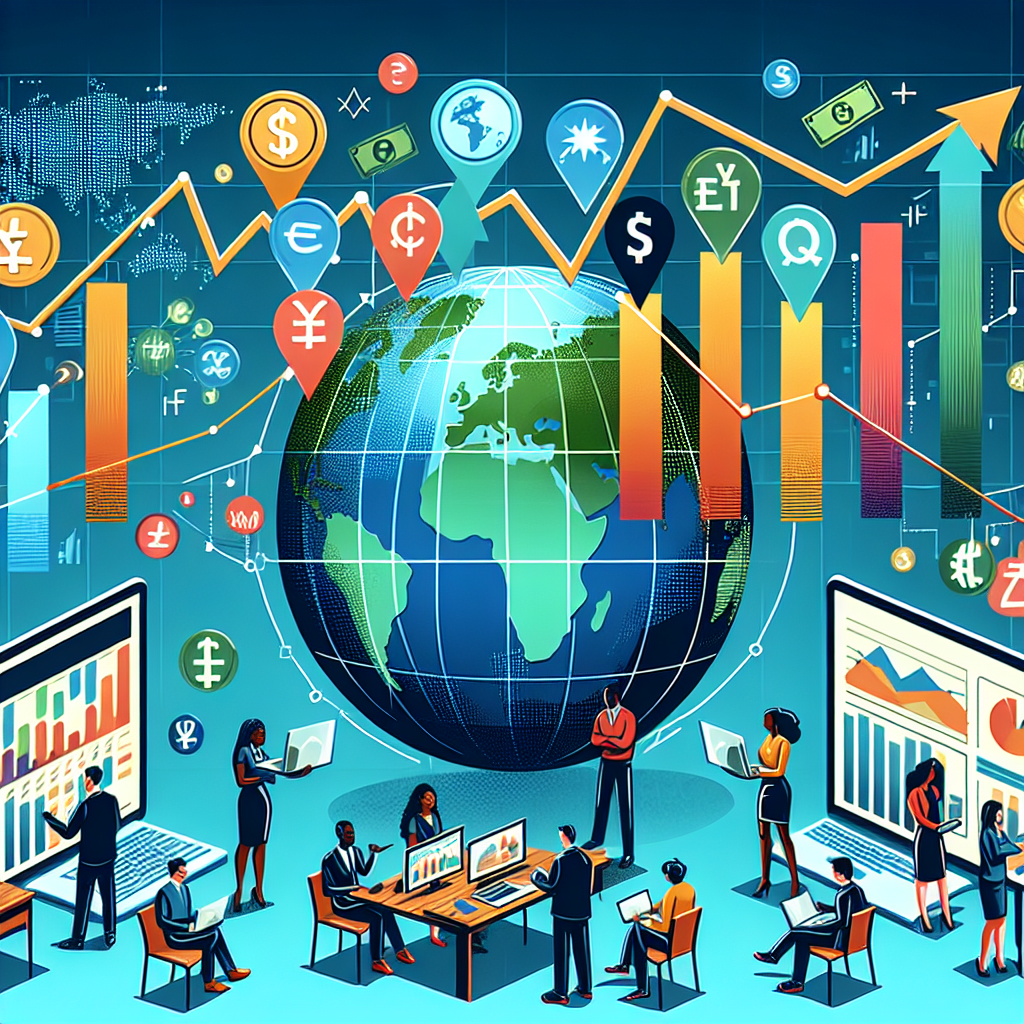Global Economic Growth Trends
Introduction
The global economy is constantly evolving, shaped by various factors such as technological advancements, political decisions, and socio-economic changes. Understanding the current trends in global economic growth is crucial for businesses, policymakers, and individuals alike. In this article, we will explore some of the key trends that are influencing the global economy.
1. Emerging Markets
Emerging markets, such as China, India, and Brazil, have been playing a significant role in driving global economic growth. These countries have experienced rapid industrialization and urbanization, leading to increased consumer spending and investment opportunities. As a result, they have become attractive destinations for foreign direct investment (FDI) and have contributed significantly to global GDP growth.
2. Technological Advancements
Technological advancements have revolutionized the global economy, transforming industries and creating new opportunities. The rise of digitalization, automation, and artificial intelligence has led to increased productivity and efficiency. Moreover, technology has enabled the growth of e-commerce, allowing businesses to expand their reach globally. However, it has also raised concerns about job displacement and income inequality.
3. Trade and Protectionism
Global trade has been a key driver of economic growth, promoting specialization and allowing countries to benefit from comparative advantages. However, in recent years, there has been a rise in protectionist measures, such as tariffs and trade barriers. The trade tensions between major economies, such as the United States and China, have created uncertainties and disrupted global supply chains. These protectionist measures can hinder global economic growth and increase costs for businesses and consumers.
4. Sustainable Development
Sustainable development has gained significant attention in recent years. Governments, businesses, and consumers are increasingly recognizing the importance of balancing economic growth with environmental protection and social well-being. The adoption of renewable energy sources, green technologies, and sustainable business practices has become crucial for long-term economic growth. Moreover, sustainable development goals, such as poverty reduction and gender equality, are being integrated into national policies and corporate strategies.
5. Demographic Changes
Demographic changes, such as population growth, aging populations, and urbanization, have profound effects on the global economy. The increasing population in developing countries creates a large consumer base and a potential labor force. On the other hand, aging populations in developed countries pose challenges such as increased healthcare costs and a shrinking workforce. Urbanization, accompanied by the growth of megacities, presents opportunities for economic development but also strains on infrastructure and resources.
Conclusion
Understanding the global economic growth trends is essential for businesses and policymakers to adapt and thrive in an ever-changing environment. The emergence of new markets, technological advancements, trade dynamics, sustainable development, and demographic changes are all shaping the future of the global economy. By staying informed and responsive to these trends, individuals and organizations can position themselves for success in the global marketplace.



